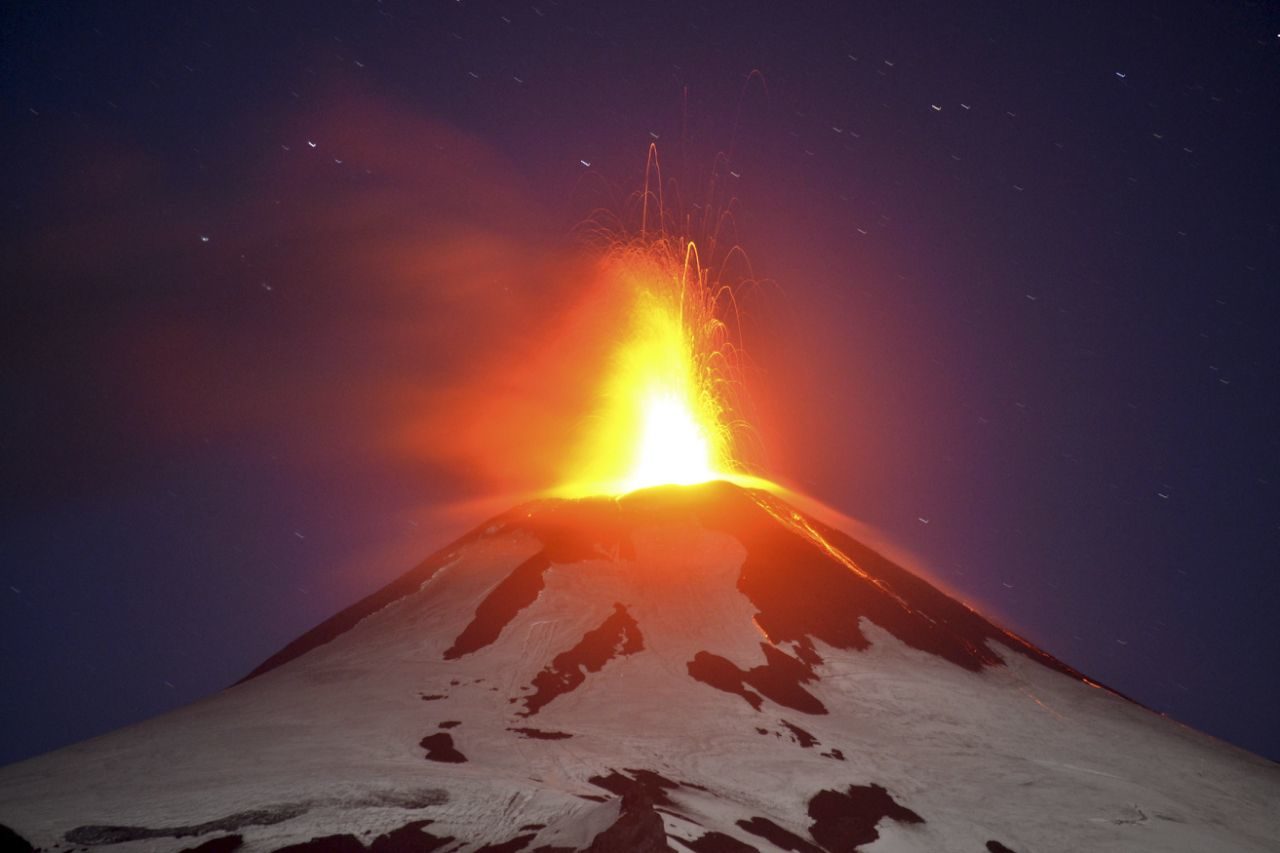Their technology involves monitoring inaudible low frequencies, called infrasound, which are produced by a type of active volcano such as the in southern Chile.
"Many volcanoes produce energetic infrasound — not ultrasound — which is low-frequency sound that travels long distances through the atmosphere and can be recorded with specialized microphophones," Jeffrey Johnson, an associate professor of geophysics at Boise State, told Digital Trends. "Although humans can't perceive infrasound, it can be incredibly energetic."
In the leadup to Villarrica's March 3, 2015 eruption, which caused the evacuation of around 4,000 people from their homes, Johnson notes that the volcano was kicking out as much as 100,000 watts of acoustic power 24 hours a day, seven days a week. This infrasound was produced by the lava lake at the bottom of the crater, but its sound tone and quality were influenced by the shape of the crater, which acted like a giant musical horn. As the lava lake began to rise within the crater, the shape of this horn changed and, as a result, the character of the sound it produced.
Tracking this infrasound in real-time, using microphones similar to the ones custom-built and calibrated by the team at Boise State's infrasound laboratory could help serve as a valuable early warning tool for potentially deadly eruptions. This monitoring might be carried out using tools such as machine-learning algorithms. It could be added to the existing volcano forecasting models, which analyze readings from seismometers, satellite remote sensing, and gas sensors. Similar volcanoes to Villarrica are located in Hawaii, South Pacific, Italy, Africa, and Central America.
"Our goal is to promote improved eruption forecasting, but not for commercial ends," Johnson said. "This type of science is not driven for monetary profit, but for the goal of seeing science applied to issue timely warnings and — hopefully — mitigate the human impacts of eruptions."
A paper describing the work, titled "Forecasting the eruption of an open-vent volcano using resonant infrasound tones," was recently published in the journal Geophysical Research Letters.




Reader Comments
to our Newsletter